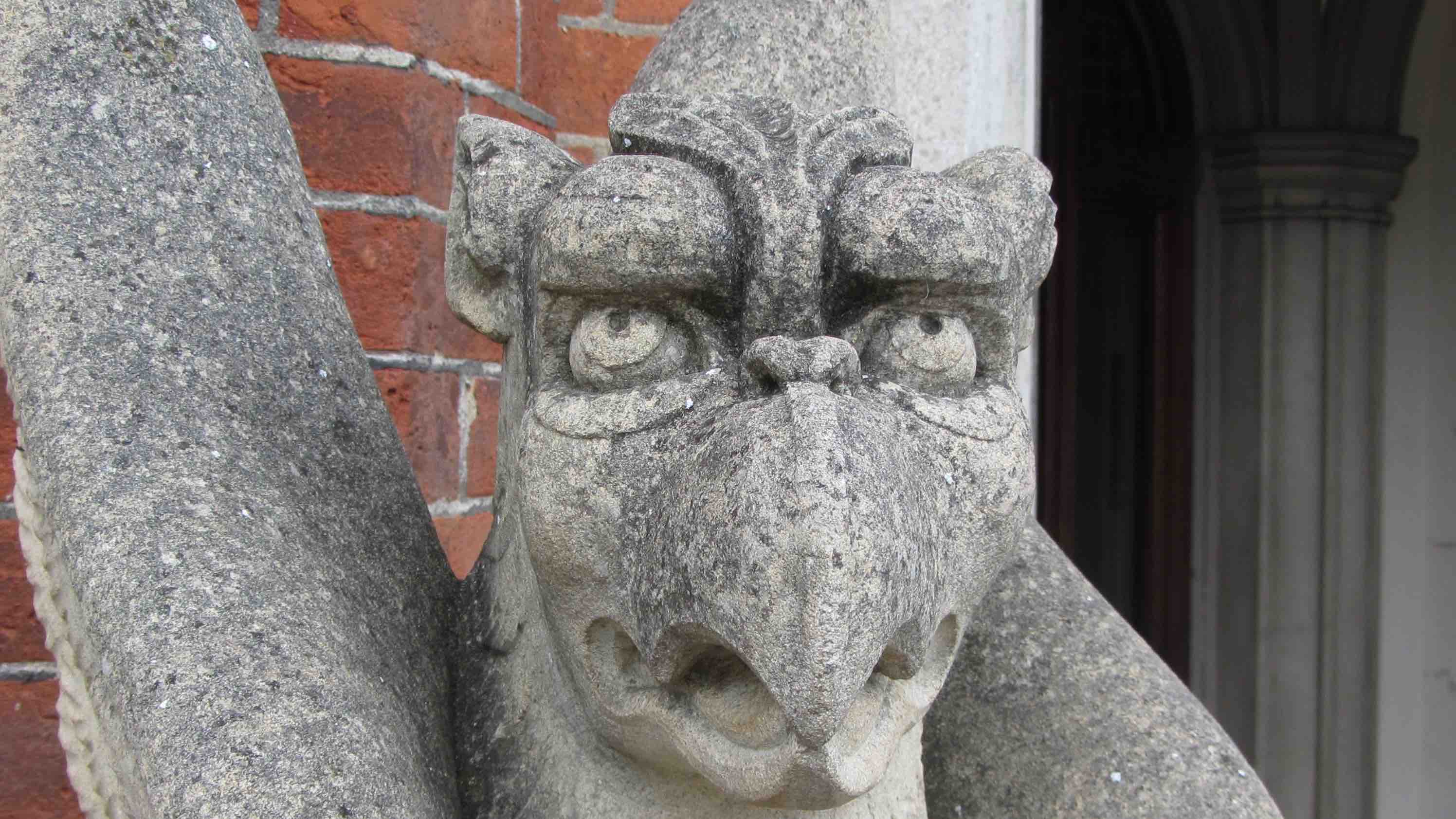LAMs (Libraries, Archives, and Museums)
MLIS (Master’s of Library and Information Science)
Week Three
Day Sixteen: The National Museum of Computing
Megabytes, and Gigabytes, and Petabytes! Oh, My!
“People are the weakest link”
Robert, Tour Guide, The National Museum of Computing
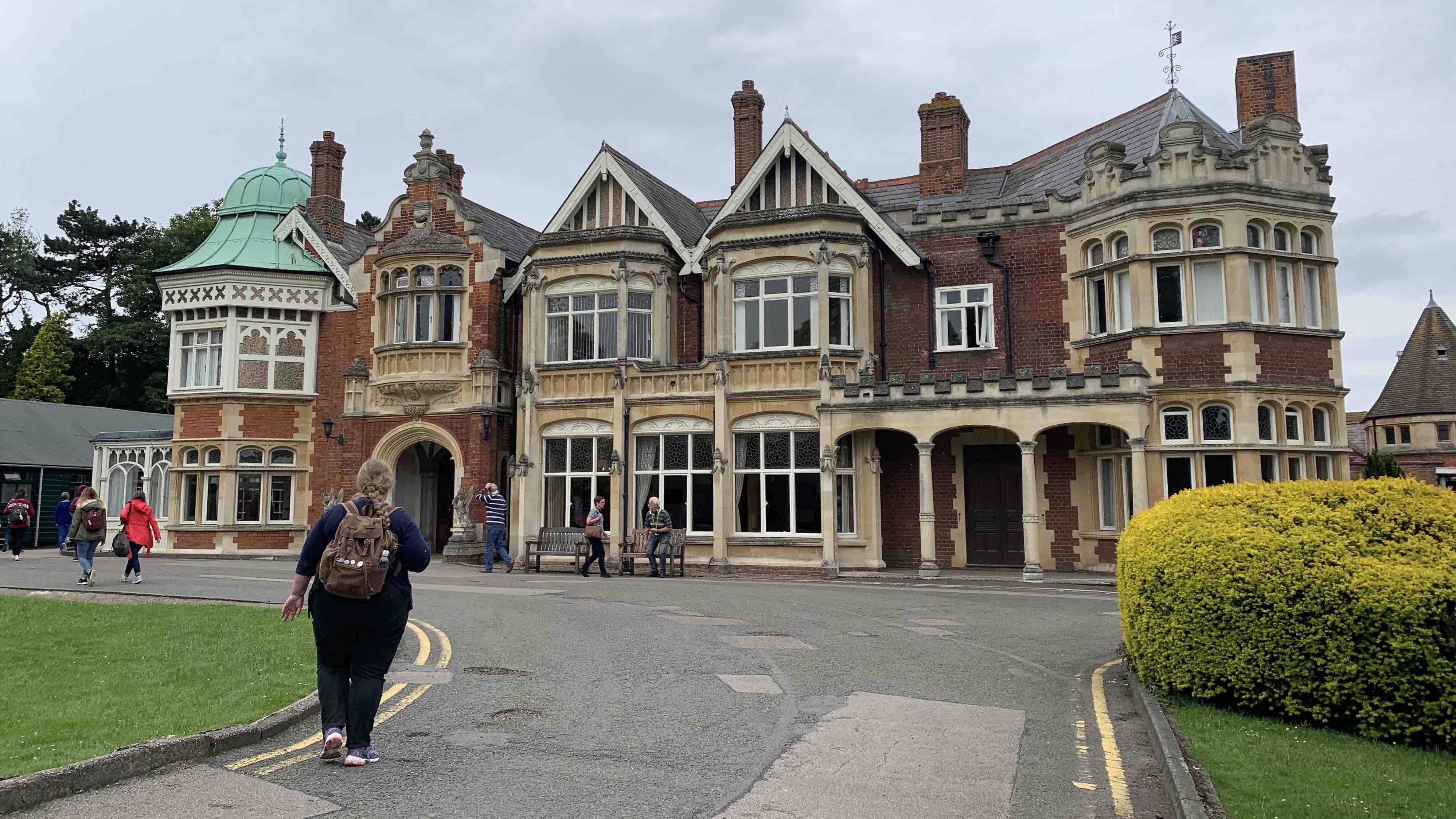
There was so many tales of computer history told at the National Museum of Computing on the Bletchley Park campus. We didn’t even get up to the era of computing when my dad entered the field (around the time I was born… you do the math…) before we had to end our tour. There was still half a room of large whirring machines to go through, at least.
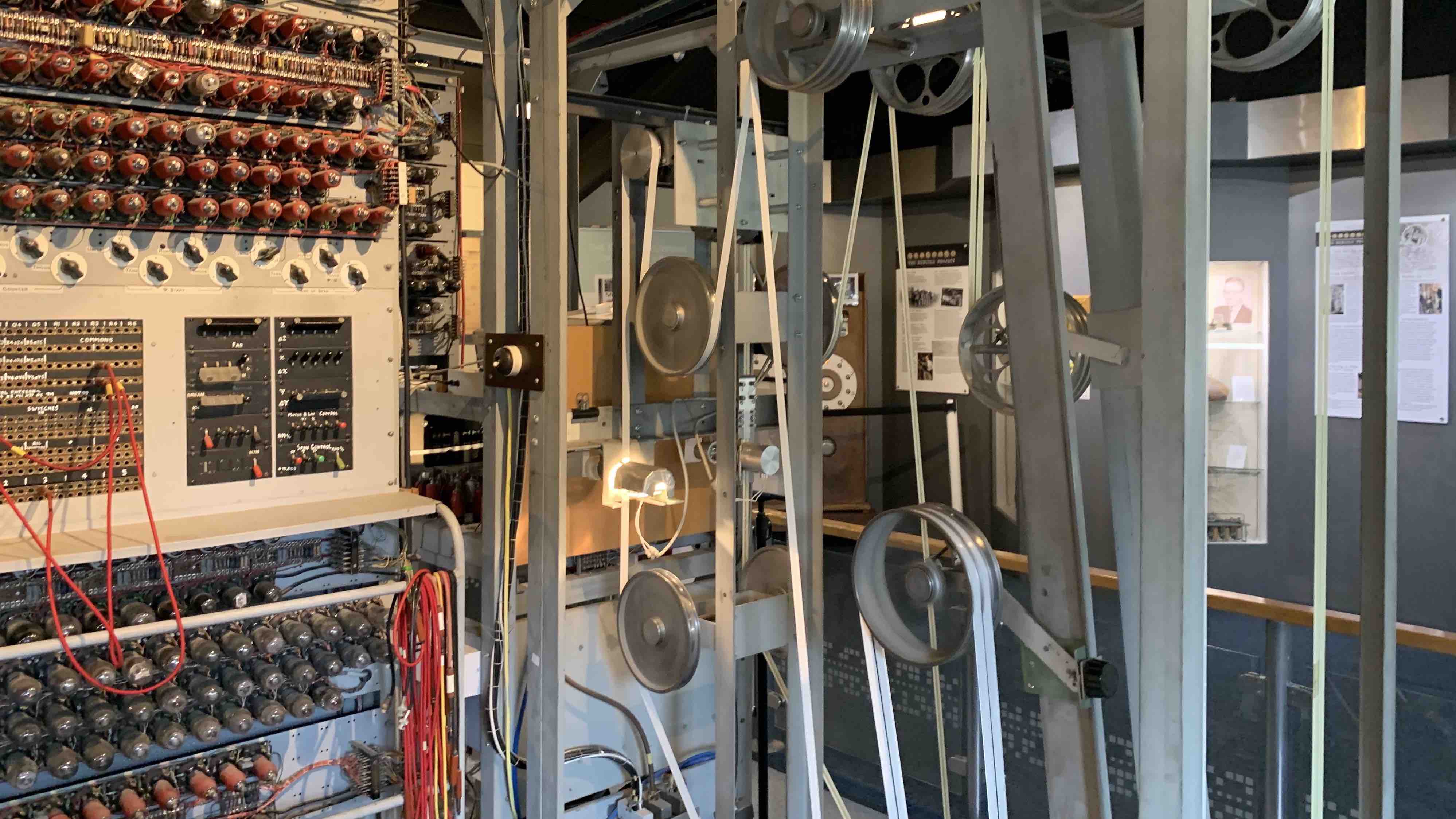
Those early, heady, heady days of racks upon racks upon racks of valves (er, also known as vacuum tubes to you Yanks on the other side of the Atlantic) and literal tape drives… punched paper tape…
We didn’t know how good we had it with 40 megabytes of hard drive storage and 4 MB of RAM in the early ‘90s (my first wholly-owned personal computer).
While my inner-nerd was fascinated by the computer history, wondering if any of the skills I have working with computers as an editor would have translated to working with these types of computers had I been born in another era (er… perhaps if required for my work, I would have stronger math skills. I fear this has always been my weakest area. But also of lesser interest. Had I viewed it as more necessary for my future, perhaps I would have put in more effort, as well), the true history and purpose of Bletchley Park cannot be ignored, for it is all around you here at the site.

The history of intelligence gathering during the Second World War lives here. We began with the codebreaking of Germany’s first cryptographic machine, the Lorenz. The story of which is more lengthy for my humble blog post (truly, all the stories told this day are). My headline today (HQIBPEXEZMUG) is the code that broke that encryption, and it was broken because a human did a dumb thing, hence the quote from our tour guide, Robert. You can read about it on your own at the above link, and also in the Galleries on the National Museum of Computing’s website.
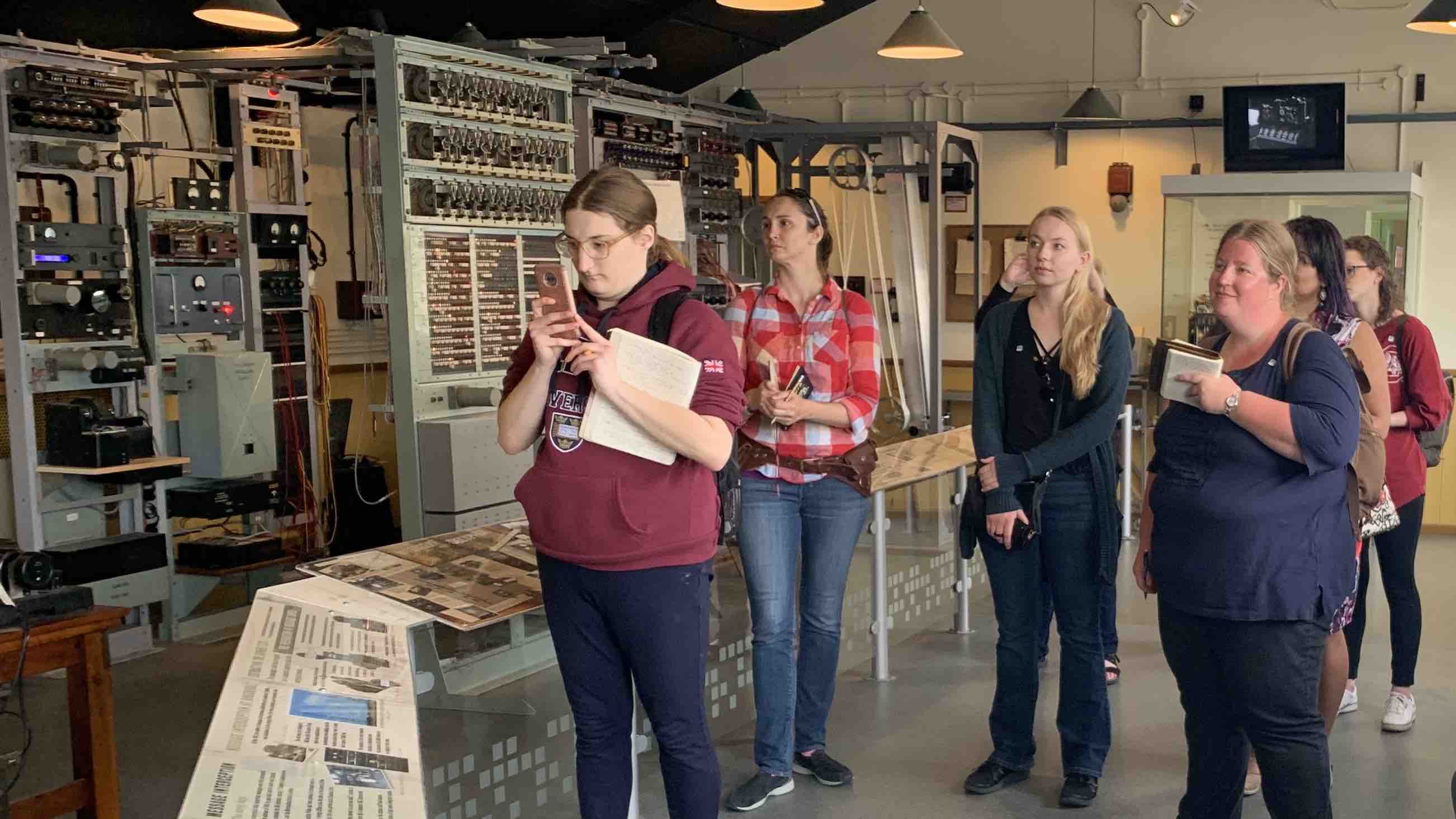
as if listening to a voice from a bygone era
We spent a lot of time hearing about the machines that were used to break the German encryption. Although they were computers in one sense, they were not computers as we understand them today. They were single-purpose machines. They were built to compute, but to achieve one goal, to break cyphers.
The most famous, of course, are Enigma, a series of which were used by the Germans in WWII, which was famously broken by Alan Turing and Gordon Welchman using Bombe in Hut 8 at Bletchley Park (if you’ve seen the film The Imitation Game with Benedict Cumberbatch and Keira Knightly, it’s not “historically accurate” on many fronts, according to our guide, Robert, who referred to it as “The Irritation Game”, but to lay-folk who are unfamiliar with the origin of computing, it does a reasonable job of exposition to those of us with untrained gray matter. But I would agree that it’s not meant to be a documentary).
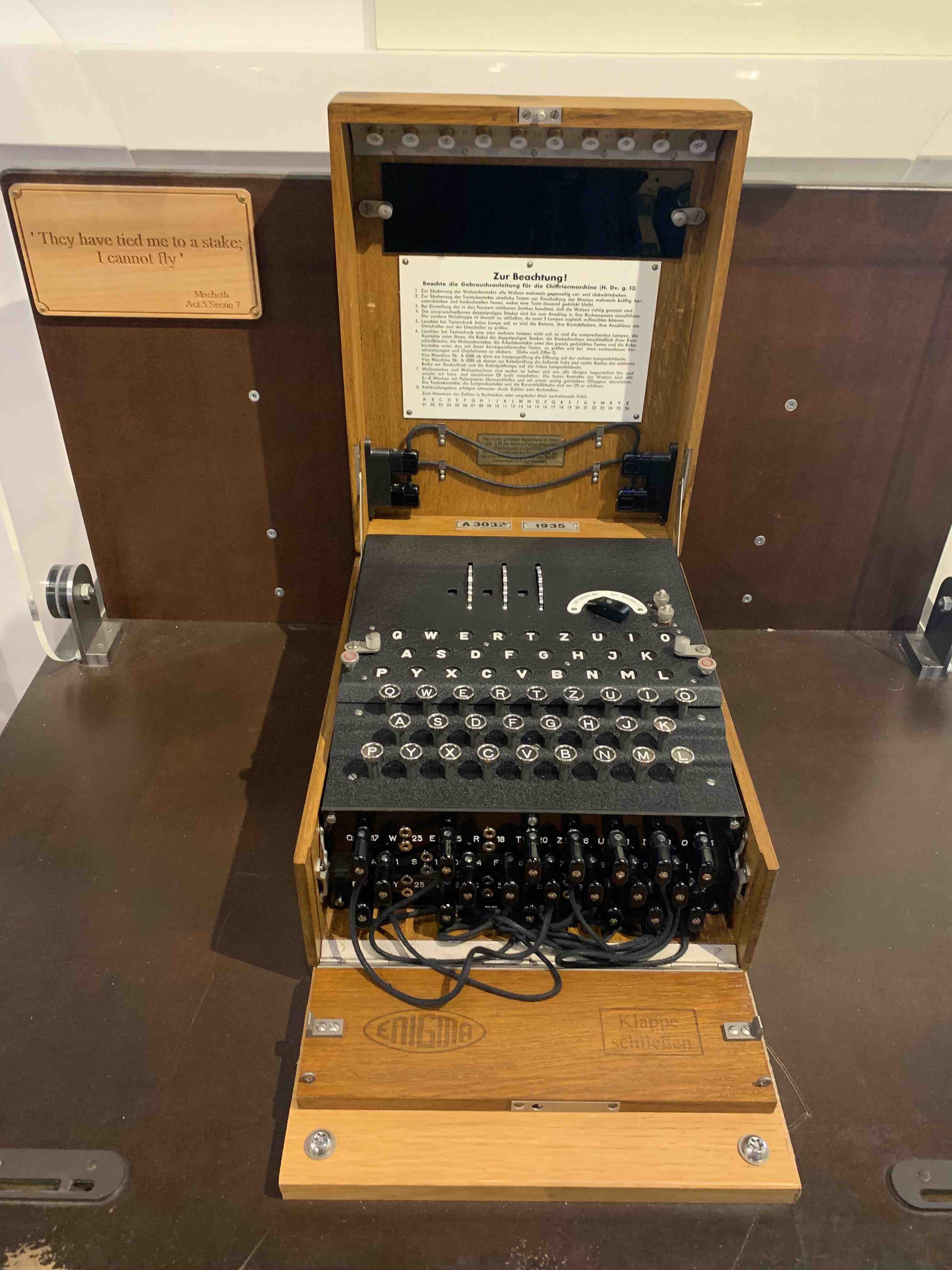
This seems like a contradiction of itself

By the time we got to the room with EDSAC, Hollerith HEC-1, and the WITCH, my brain was full, but I was able to answer the trivia questions of what is a vacuum tube (sorry, sorry, “valve”), and a transistor. Egads. Am I a relic, too??
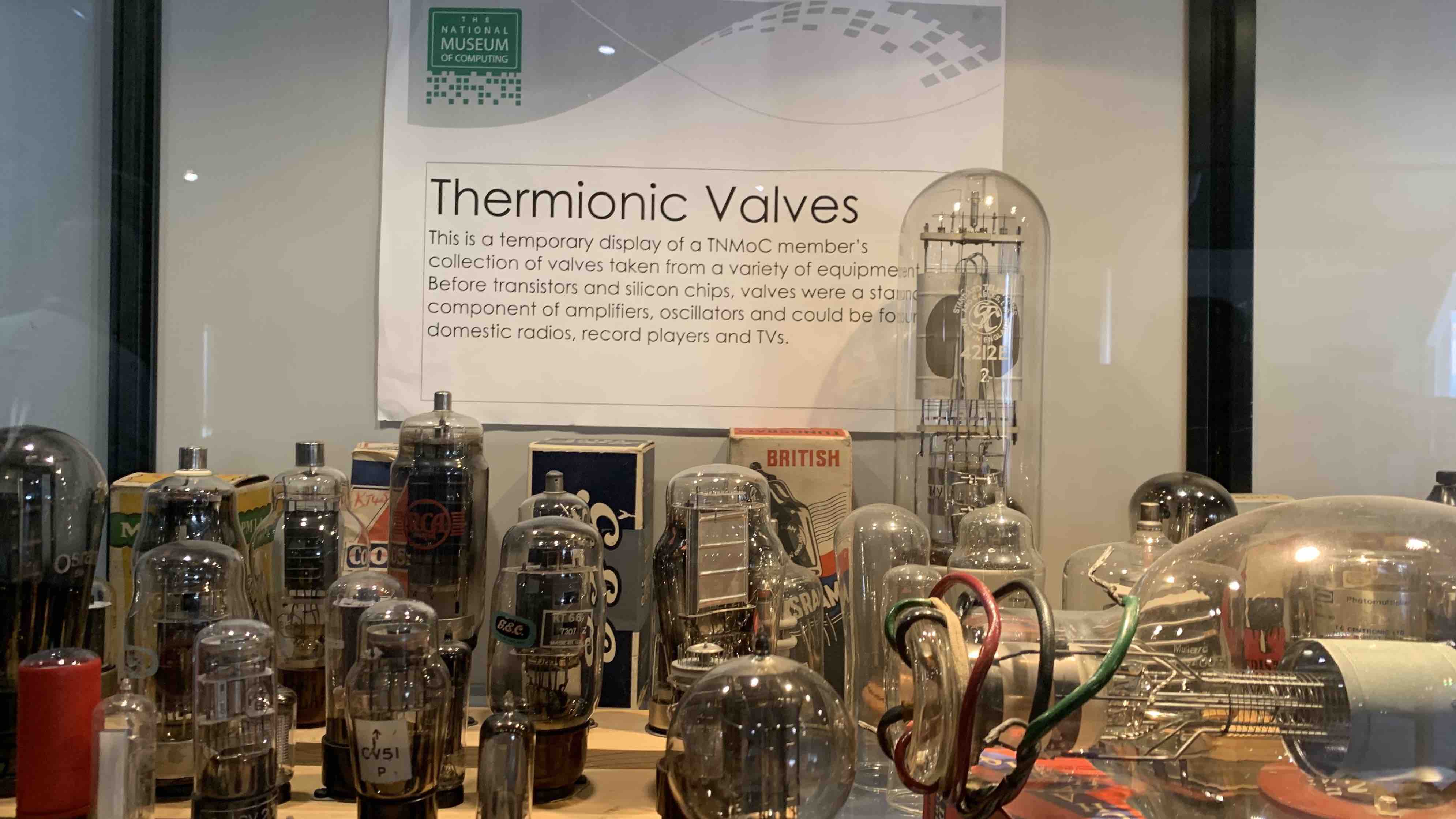
There was more, but we were all running low on capacity, though I always find giant 3 foot, 4 MB of storage platters fun.
If you are interested in understanding Alan Turing’s work in “plain English”, Robert recommends reading retired Boston College Associate Professor, Peter Kugel.
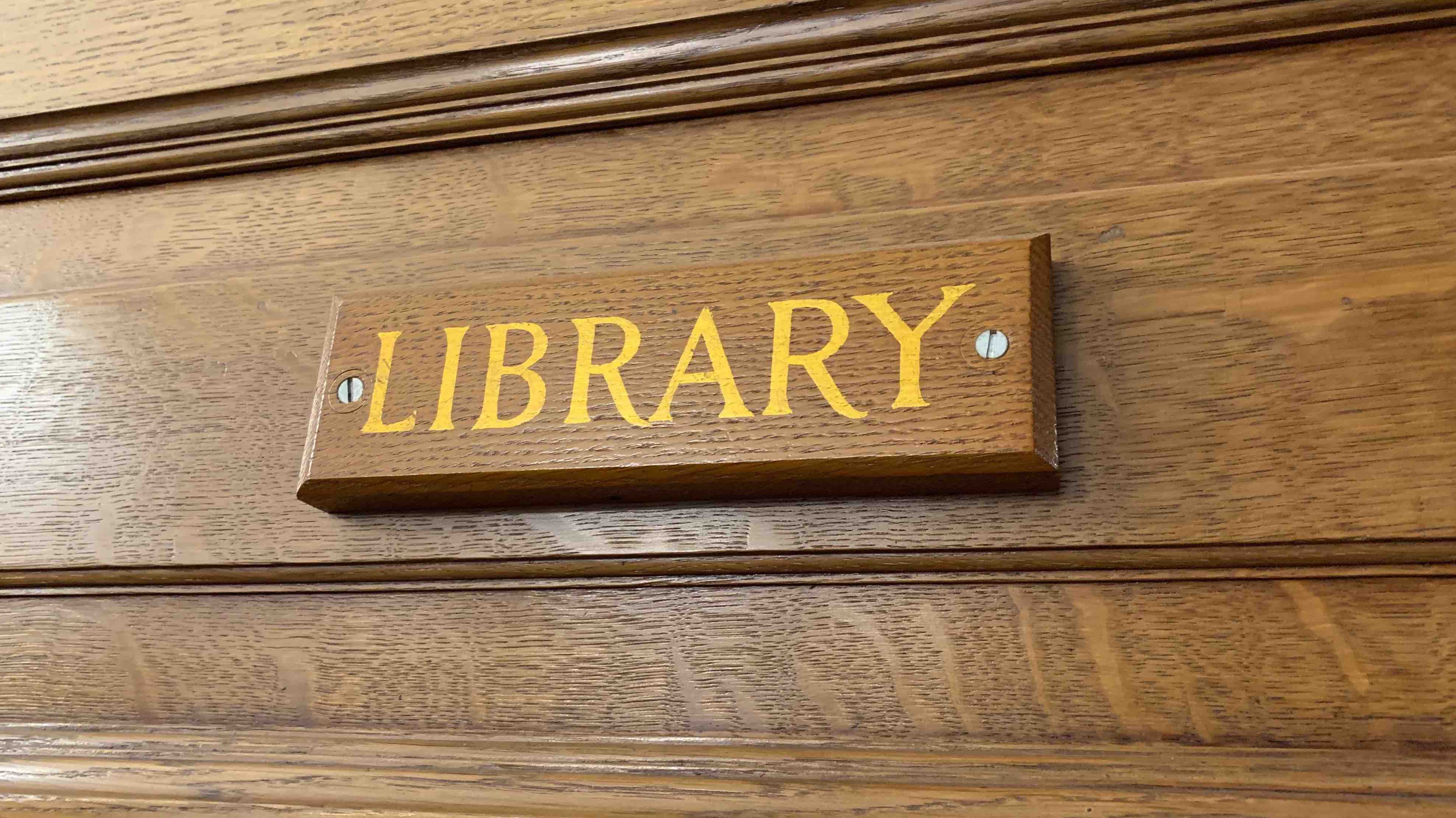
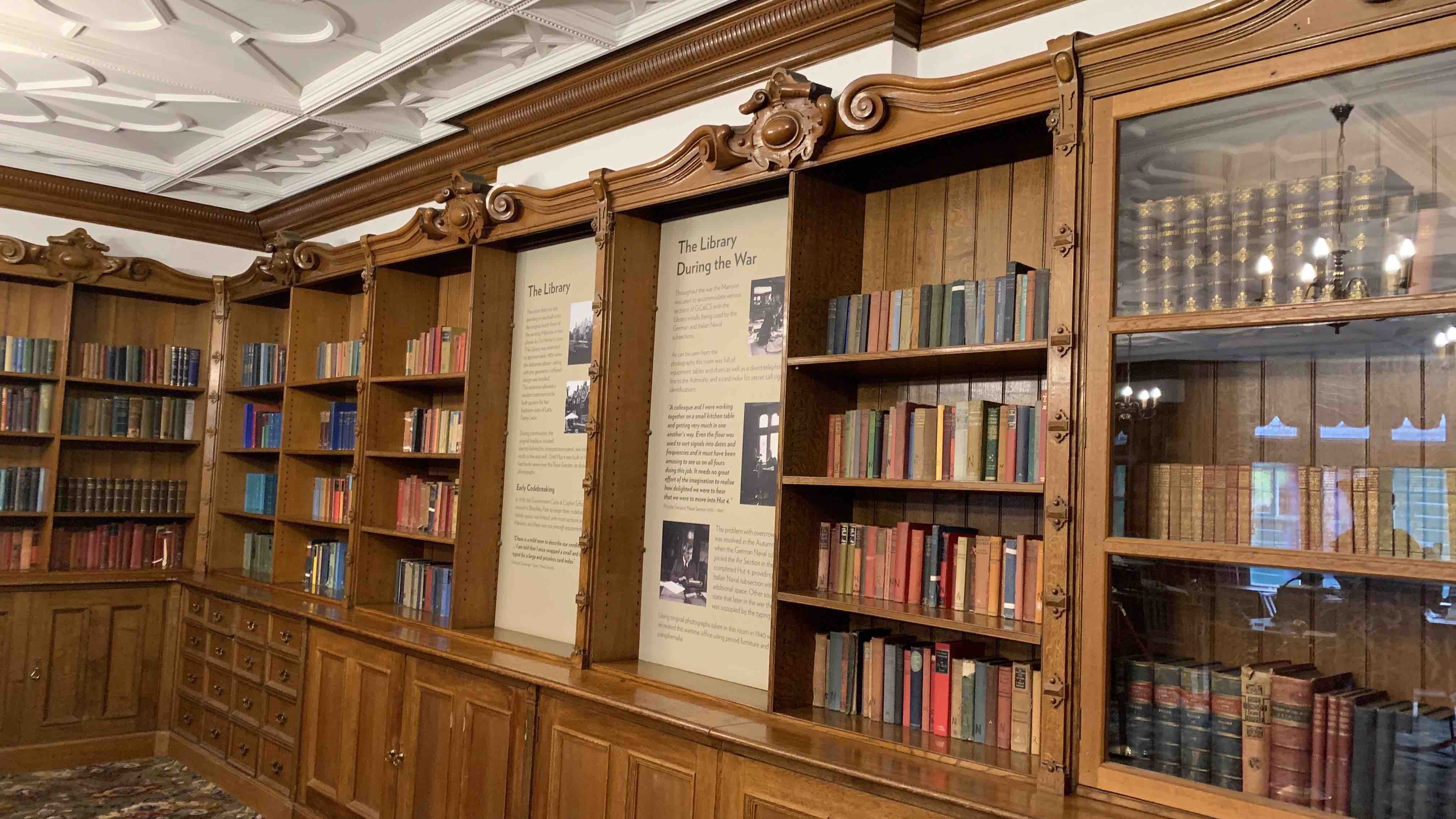
may have looked when functioning as an Intelligence Office
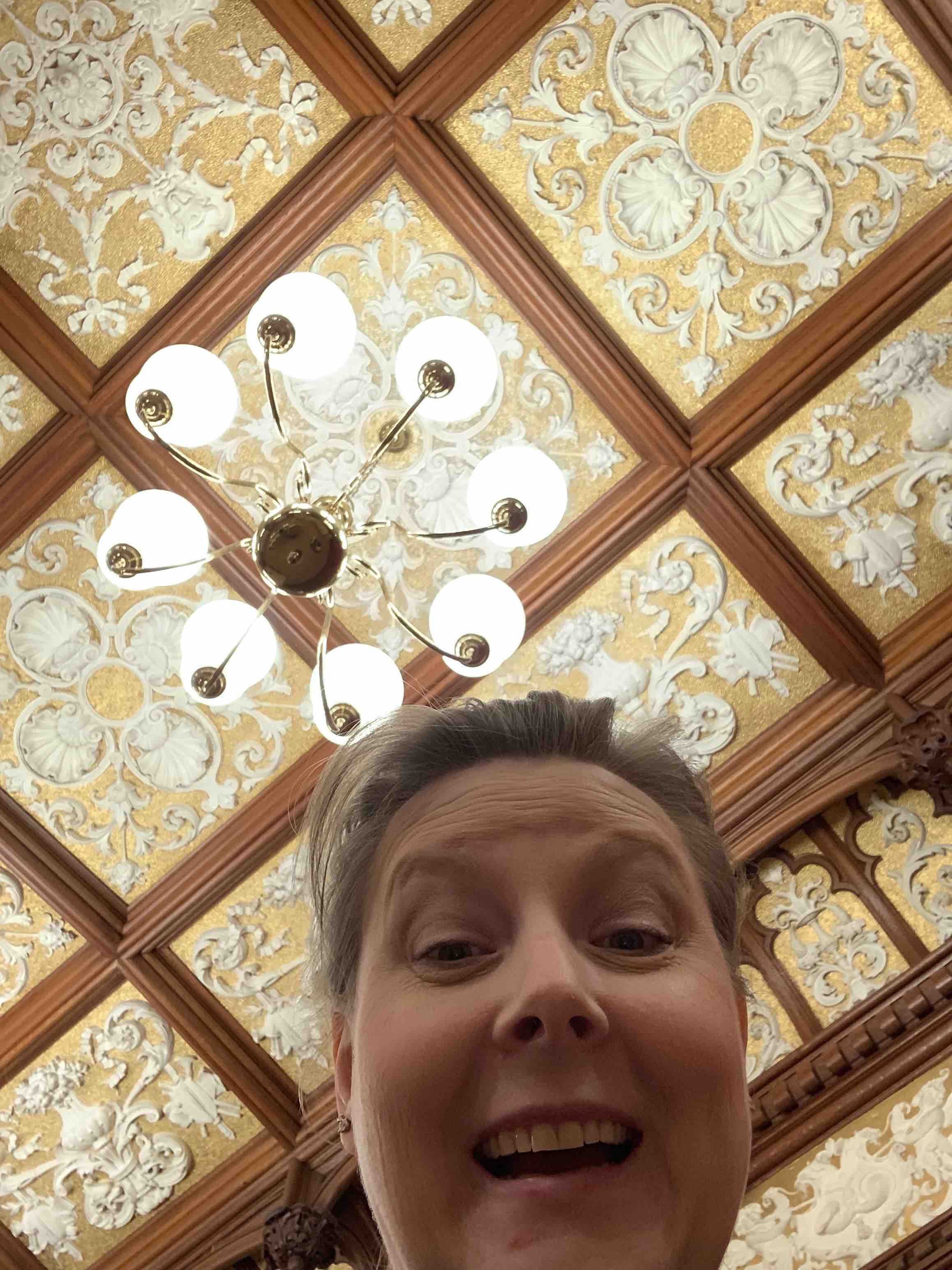
We then toured the grounds of Bletchley Park, where they use audiovisuals, props, and games exceedingly well to tell stories, before returning to London. Upon which I immediately departed for an event that I had been invited to by a colleague to celebrate the best and brightest of young app inventors. It was an Alpha an Omega day, going from the dawn of computing to seeing the creativity that students as young as 13 are coming up with and to consider how much has changed in our world since my own parents were born because of the computer.
I can’t believe how many times I have wondered how we managed to get around Europe in 1990 without the world of information in our pockets (but we did manage, thank you very much!!)

notes left in typewriters to keep curious fingers off of vintage keys
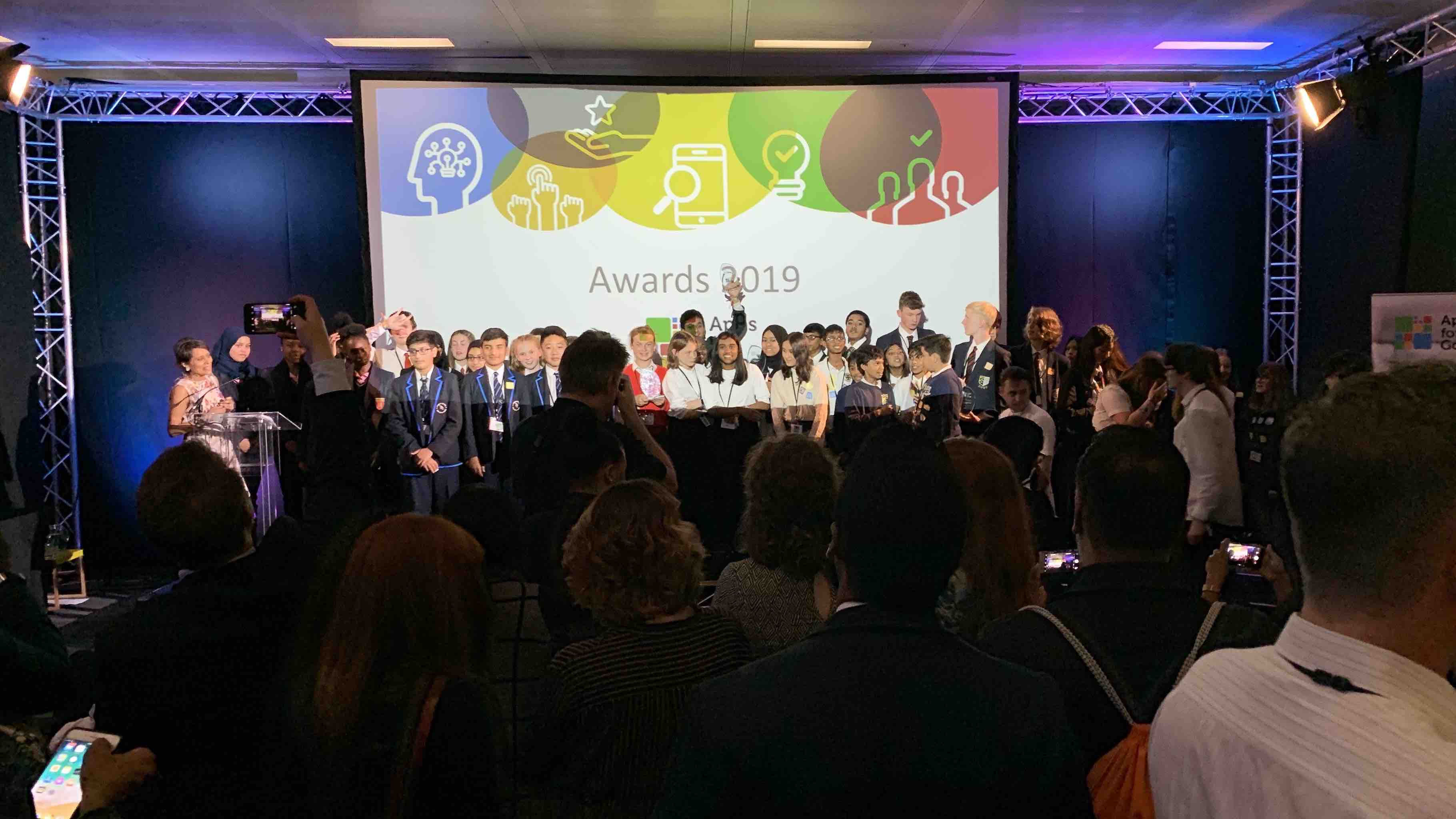
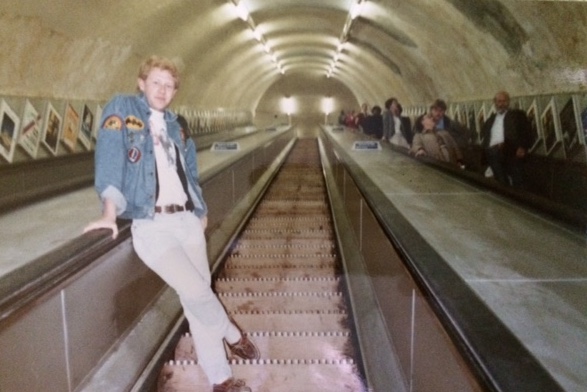
London, 1990. The Tube escalators haven’t changed much
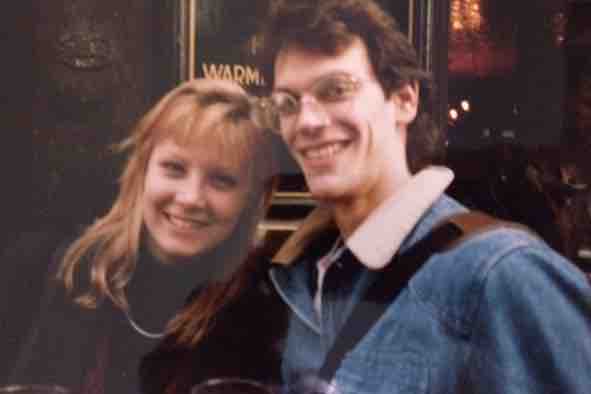
No phones. No interactive maps. Just resourceful people.
(Why didn’t I take photos THEN that demonstrate what I need them to demonstrate NOW??)
4.8 miles/13,100 steps/16 flights climbed
